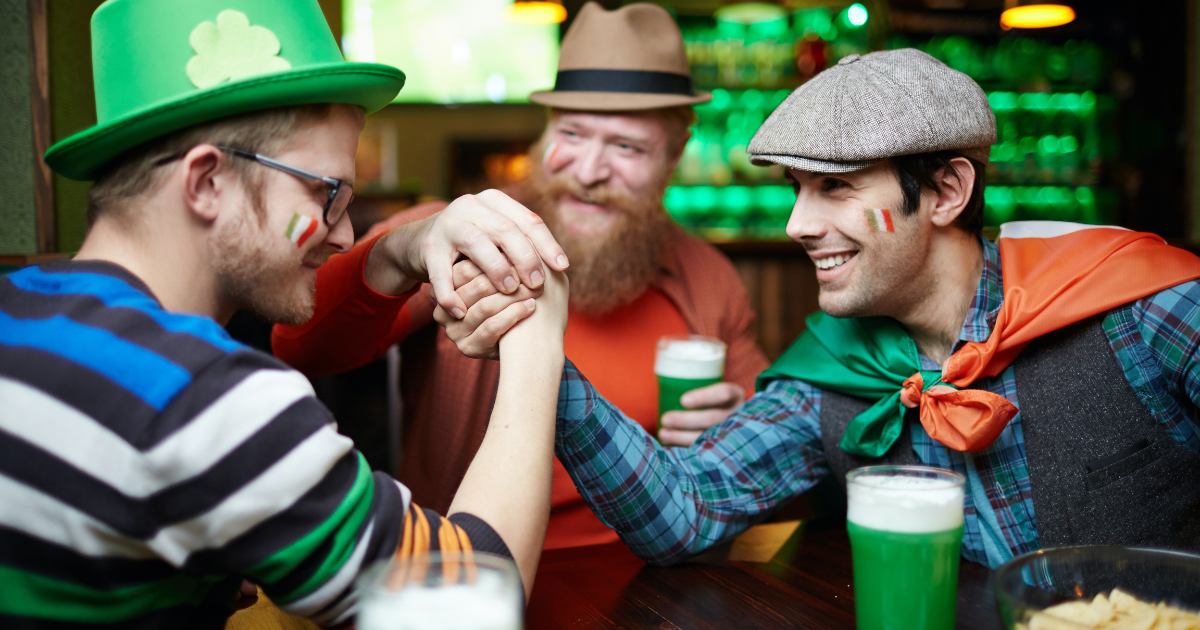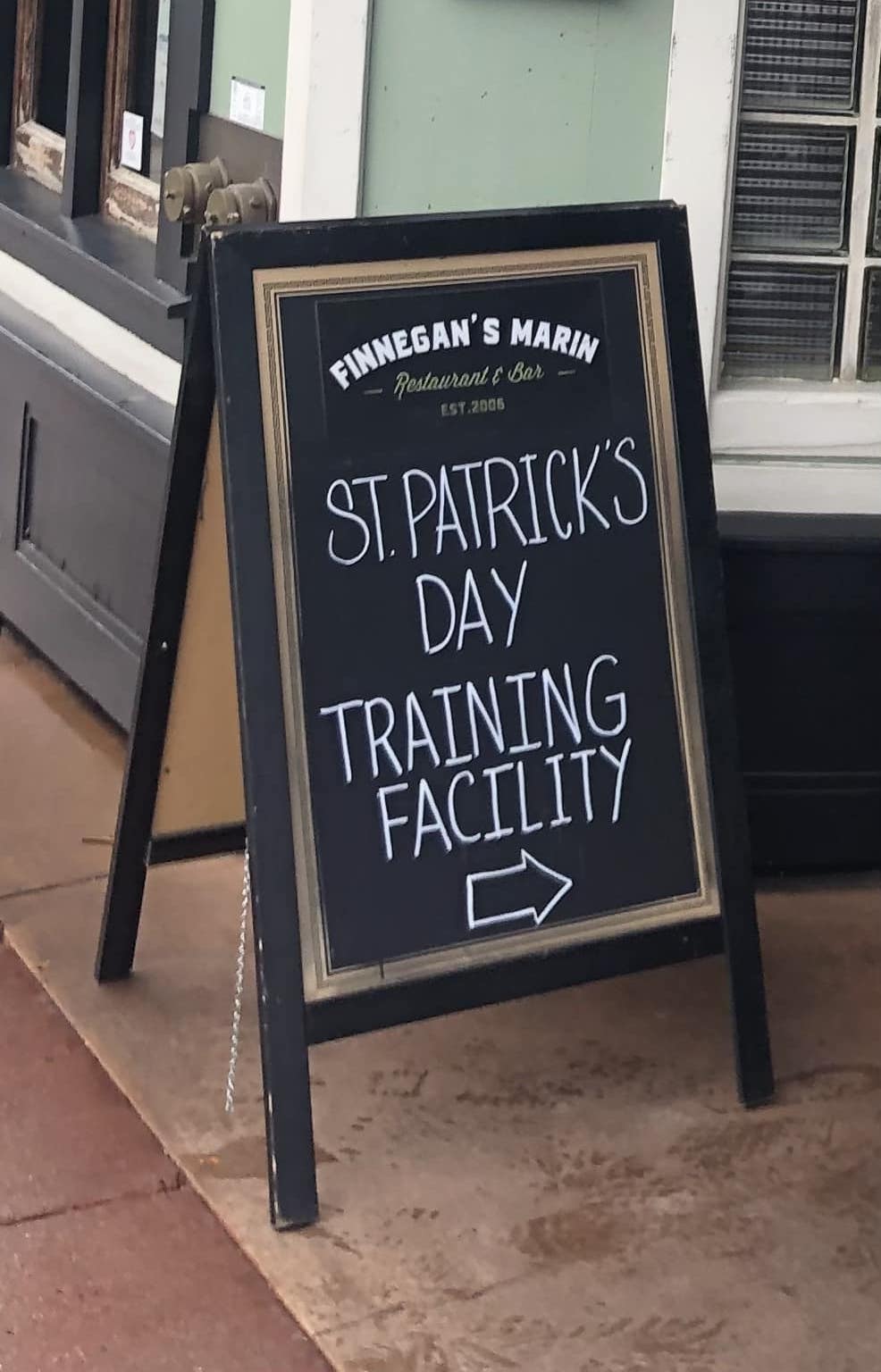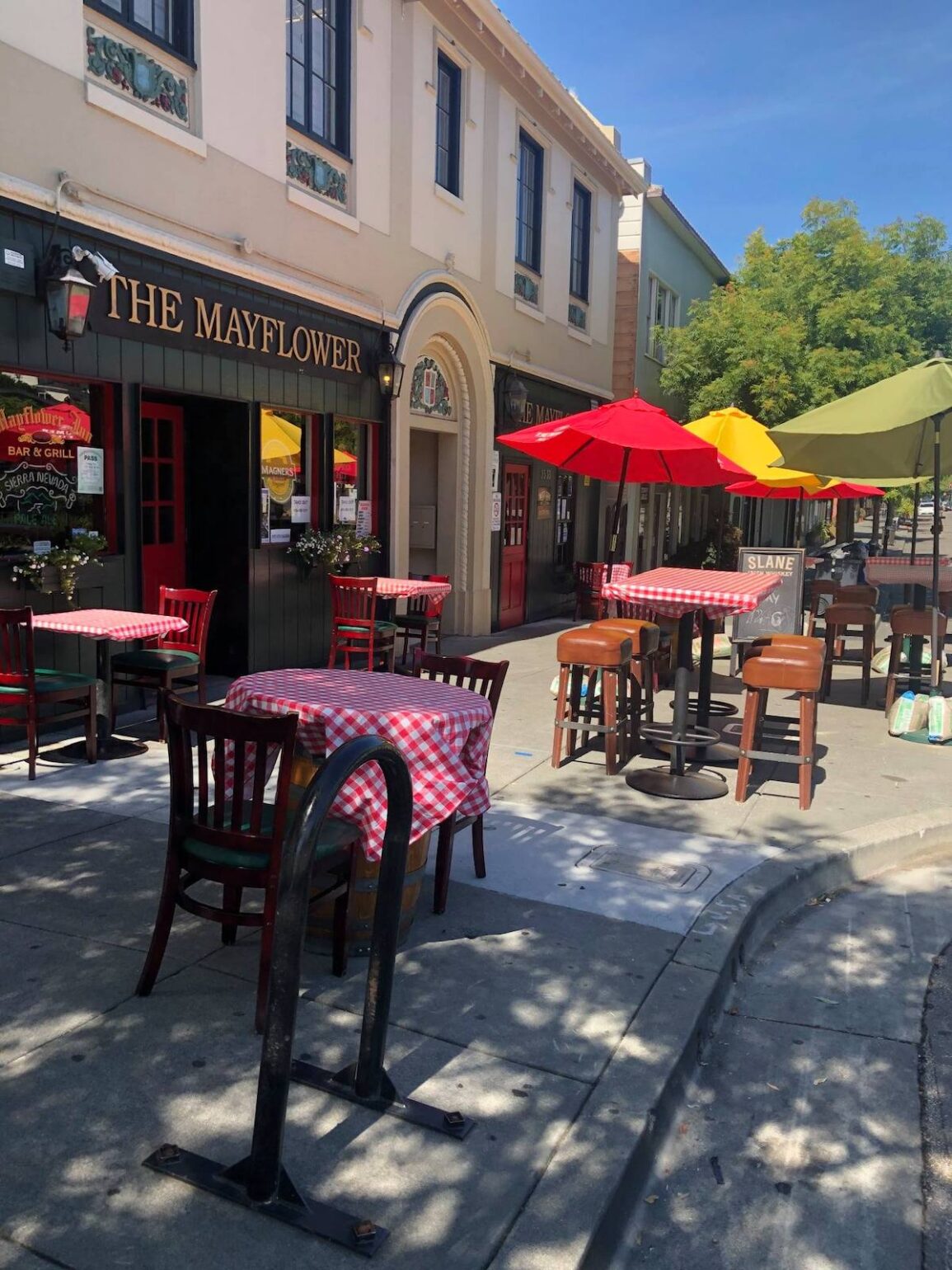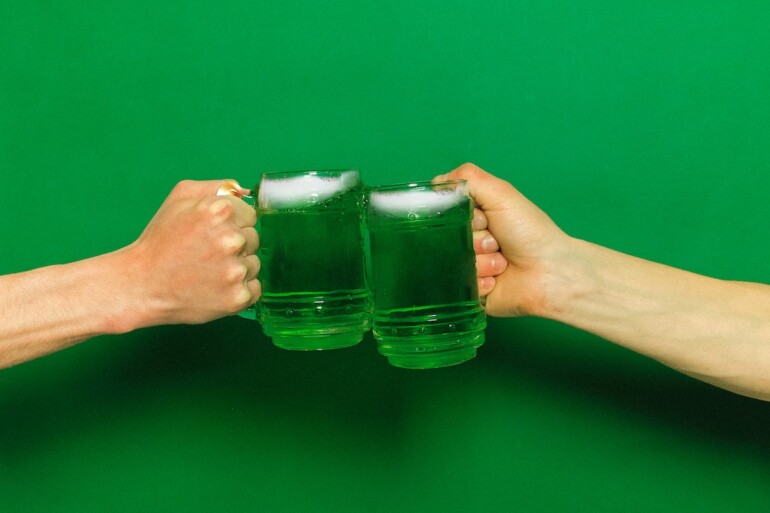On March 17, it’s always a good idea to wear a bit of green.
While we’d never advocate for unwanted pinching, the tradition of teasing those who fail to adhere to the unspoken dress code of St. Patrick’s Day is but one of many fascinating elements to this unique and uplifting holiday.
Often viewed as an occasion for revelry and merriment, Saint Patrick’s Day or the Feast of Saint Patrick technically marks the accepted death date of the occasion’s namesake: a 5th century Christian missionary credited with bringing the religion to Ireland.
But as the foremost patron saint of Ireland, Patrick’s legacy is today remembered with parades and festivals.
As for the impressive amounts of alcohol consumed each March 17, the historical justification stems from the Church opting to lift Lent restrictions for the occasion, meaning adherent Christians were allowed to drink and eat as they pleased for the day — and regularly made the most of it.
But before we dive into the traditions that today define our St. Patrick’s Day celebrations, let’s first get better acquainted with St. Patrick himself and how we got here in the first place.
Origins

The fact of the matter is that we don’t know much about the man known as Saint Patrick that he didn’t tell us himself. With only this admittedly biased source to work from, Patrick’s “Declaration” offers a biography of man born into 4th century Roman Britain, where he was kidnapped at 16 and taken as a slave to Gaelic Ireland.
After a stint as a shepherd, Patrick would leave Ireland, only to return six years later with a mission to convert Irish pagans to Christianity. This would become his life’s work, and he’d claim to have converted thousands of people to his cause, which would someone morph into a completely unfounded mythology about Patrick driving snakes from Ireland.
Allegedly buried in at Downpatrick Cathedral in County Down, Northern Ireland, Patrick’s death is widely believed to have taken place on March 17. Thus, we arrive back at the establishment of St. Patrick’s Day by the Christian Church as a feast holiday in the early 17th century.
Over the years, the occasion has morphed from one largely religious (if still rather rowdy) into something encompassing a broad swath of Irish culture, heritage, and pride.
Today, St. Patrick’s Day is celebrated across the globe, though it’s only officially recognized as a public holiday in the Republic of Ireland and Northern Ireland. Regardless, several notable traditions are now considered inseparable from the holiday itself. What’s with all the green? Here’s the scoop on St. Patrick’s signature color, shamrocks, and more.
Traditions

When it comes to the most popular traditions associated with St. Patrick’s Day, there’s often very little explanation required. Arriving bit by bit over the years, it’s funny to realize that, at some point, celebration St. Patrick’s Day has absolutely no association with green at first.
It’s true! Blue was, in fact, the color of choice for St. Patrick’s Day fashion until sometime in the late 18th or early 19th century, when green became synonymous with the holiday. The timing aligns with the association of the shamrock or clover as a symbol of Irish pride. Obviously, Ireland is also a geography bursting with gorgeous grassy hills and stunning green vistas, so it now seems hard to imagine the nation ever adopting blue as their primary color.
Regardless, green is now the gold standard, which is why many bars have some fun putting color dye in their draft beers for St. Patrick’s Day.
As for why folks feel inclined to pinch those not wearing a stitch of green on March 17, lore suggests that being dressed in green makes one invisible to leprechauns, defined by the Oxford English Dictionary as “a creature like a little man, with magic powers,” who themselves are apparently out to pinch us whenever possible.
That’s also where the shamrocks come in. Also known as four-leaf clovers, it was, in fact, a three-leafed variety that St. Patrick supposedly used to teach new converts about the Holy Trinity. Today, shamrocks are synonymous with Irish pride and a belief that finding the rarer, four-leaf variation will bring its finder good fortune.
Other traditions to emerge as St. Patrick’s Day mainstays include enjoying a hearty dinner of corn beef and cabbage; sipping on a Guinness (Ireland’s most popular beer); or, in Chicago’s case, dyeing the Chicago River green every year.
Here in the Bay Area, numerous local St. Patrick’s Day celebrations take place every year, including parades, dance showcases, and yes, more than a few pub crawls as well.
Regardless of how you decide to enjoy your St. Patrick’s Day, just make sure you’re wearing something green. Don’t say we didn’t warn you!
Where to Celebrate
Looking for that perfect place to grab a pint and celebrate our favorite green holiday? Check out a couple top spots that boast a suitably Irish vibe.
Finnegan’s Marin

Downtown Novato’s family-owned Irish bar is the place to be to celebrate this festive holiday. Enjoy a diverse menu of hearty dishes, brunch and beers on tap.
The Mayflower Pub

Whether you like a Guinness Irish stout or a local IPA, you can find them here. Experience a piece of Europe and feel the luck of the Irish in this San Rafael pub.
HopMonk Tavern

This spacious Novato tavern offers a diverse selection of beers and live entertainment — perfect for those who want to celebrate with friends.

Zack Ruskin writes on music, cannabis, and culture. His bylines include Vanity Fair, Billboard, Entertainment Weekly, Variety, Merry Jane, and the San Francisco Chronicle. He lives in San Francisco with his wife, Danielle, and their cat, McCovey.


